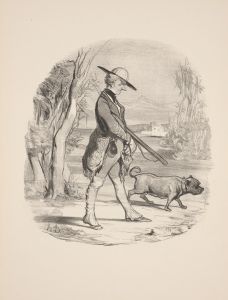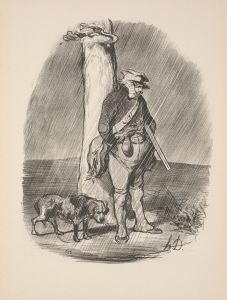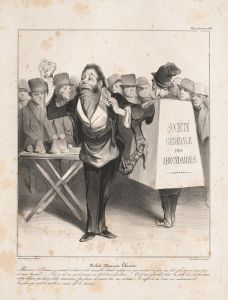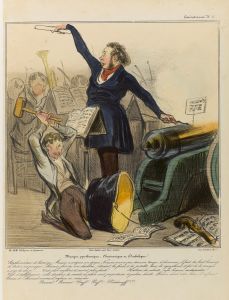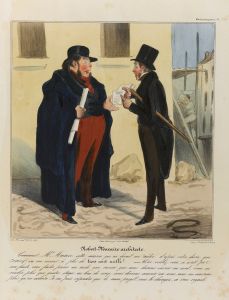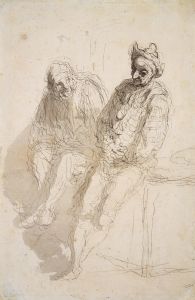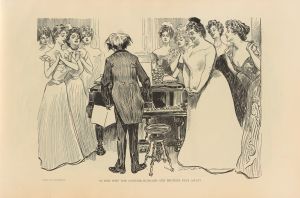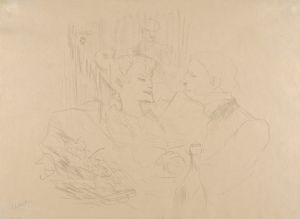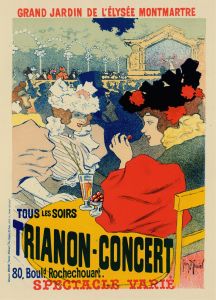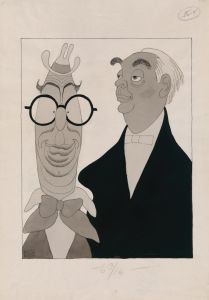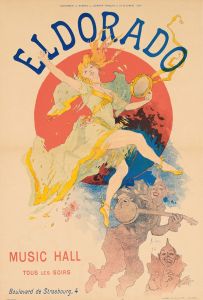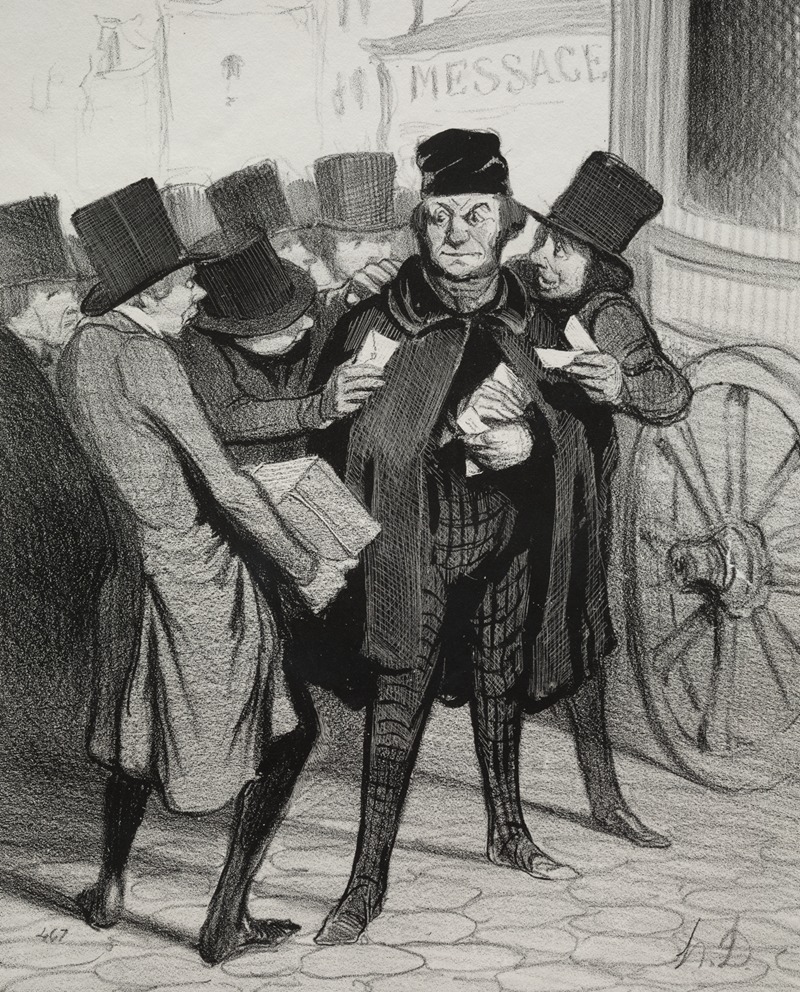
A Pleasure Trip to Paris
A hand-painted replica of Honoré Daumier’s masterpiece A Pleasure Trip to Paris, meticulously crafted by professional artists to capture the true essence of the original. Each piece is created with museum-quality canvas and rare mineral pigments, carefully painted by experienced artists with delicate brushstrokes and rich, layered colors to perfectly recreate the texture of the original artwork. Unlike machine-printed reproductions, this hand-painted version brings the painting to life, infused with the artist’s emotions and skill in every stroke. Whether for personal collection or home decoration, it instantly elevates the artistic atmosphere of any space.
Honoré Daumier's "A Pleasure Trip to Paris" is a notable work by the French artist, who is renowned for his satirical and often critical portrayal of 19th-century French society. Daumier, born in 1808 in Marseille, France, was a prolific artist known for his paintings, sculptures, and, most prominently, his lithographs. His work often focused on social and political themes, reflecting the turbulent times in which he lived.
"A Pleasure Trip to Paris" is a lithograph, a medium Daumier frequently employed to reach a broader audience through newspapers and journals. Lithography allowed Daumier to produce images quickly and in large quantities, making his work accessible to the public and enabling him to comment on contemporary events and societal issues effectively.
This particular piece, like many of Daumier's works, is characterized by its satirical edge. Daumier was a keen observer of human behavior, and his art often depicted the follies and vices of people from various walks of life. His ability to capture the essence of his subjects with humor and insight made his work both popular and influential.
The context of "A Pleasure Trip to Paris" is essential to understanding its significance. During the 19th century, Paris was a hub of cultural, political, and social activity. It was a city undergoing rapid transformation, with industrialization and urbanization bringing about significant changes. The bourgeoisie, or middle class, was rising in prominence, and their lifestyle and attitudes were frequent targets of Daumier's satire.
In "A Pleasure Trip to Paris," Daumier likely critiques the superficiality and pretensions of the bourgeoisie. His work often highlighted the contrast between the idealized image of Paris as a center of culture and sophistication and the reality of its social inequalities and moral shortcomings. Through his art, Daumier invited viewers to reflect on these disparities and question the values of their society.
Daumier's style in this lithograph, as in many of his works, is characterized by bold lines and exaggerated features, which enhance the satirical impact of the image. His keen eye for detail and his ability to convey complex social commentary through seemingly simple compositions are hallmarks of his artistic genius.
While specific details about the exact content and themes of "A Pleasure Trip to Paris" may not be extensively documented, it is consistent with Daumier's broader body of work, which often explored themes of travel, leisure, and the social dynamics of his time. His art remains a valuable historical record, offering insights into the cultural and social milieu of 19th-century France.
Honoré Daumier's contributions to art and society extend beyond his individual works. He is remembered as a pioneer of social realism and a master of caricature, whose legacy continues to influence artists and social commentators today. Through pieces like "A Pleasure Trip to Paris," Daumier's work endures as a testament to the power of art to critique and reflect society.






